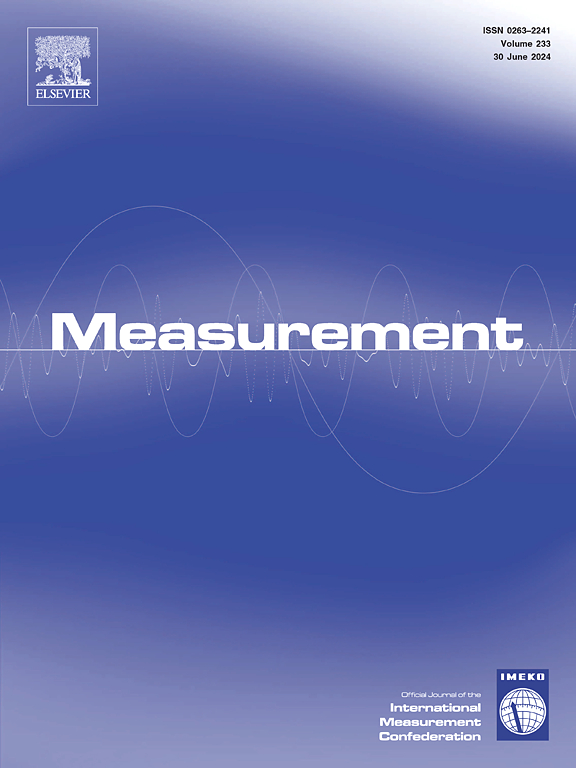Ai-assissted multimodal classification of canine and feline (Sub-)Cutaneous tumors using ultrasound, white light and fluorescence imaging
IF 5.2
2区 工程技术
Q1 ENGINEERING, MULTIDISCIPLINARY
引用次数: 0
Abstract
Research aims to provide an automated method for the diagnostics of (sub-)cutaneous tumors in canine/feline patients via machine learning (ML) on multimodal imaging data. To address the limitations of single mode imaging, we have integrated optical imaging, white light (WL) and fluorescence (FL), in tandem with high frequency (∼350 MHz) ultrasound (US) imaging. Combined hybrid approaches allowed to efficiently differentiate between malignant mastocytomas (MCTs), sarcomas (STSs) and benign lipomas (LPs).
The obtained combinations of spectral and temporal US estimates were evaluated for multimodal effect when grouped with FL, WL and optics (FL + WL), resulting in hybrid bimodal and trimodal datasets. Support vector machine (SVM) and random forest (RF) classifiers were optimized via sequential feature selection, resulting in multimodal effect (p < 0.05).
Pronounced multimodal increment was detected for US and FL (up to 15 %) for 21–23/31 US combinations for total of 360 MCT and STS cases. US + WL and US + OPT resulted in less efficient multimodal effect (up to ∼5 %). Both SVM and RF classifiers strongly preferred US features in combination with FL. In the presence of superior WL, the relevance of US features decreased, however, still, they comprised more than a quarter of the total number of features.
In overall, we have achieved classification efficiency in the range of: 75–80 % (US + FL), 85–90 % (US + WL) as well as 90–95 % (US + OPT), respectively. Our approach provides a reliable diagnostic support for veterinary histopathologist in real-time; therefore, if a disagreement between human and ML-derived analysis occurrs, unclear cases can be double-inspected by human.

求助全文
约1分钟内获得全文
求助全文
来源期刊

Measurement
工程技术-工程:综合
CiteScore
10.20
自引率
12.50%
发文量
1589
审稿时长
12.1 months
期刊介绍:
Contributions are invited on novel achievements in all fields of measurement and instrumentation science and technology. Authors are encouraged to submit novel material, whose ultimate goal is an advancement in the state of the art of: measurement and metrology fundamentals, sensors, measurement instruments, measurement and estimation techniques, measurement data processing and fusion algorithms, evaluation procedures and methodologies for plants and industrial processes, performance analysis of systems, processes and algorithms, mathematical models for measurement-oriented purposes, distributed measurement systems in a connected world.
 求助内容:
求助内容: 应助结果提醒方式:
应助结果提醒方式:


